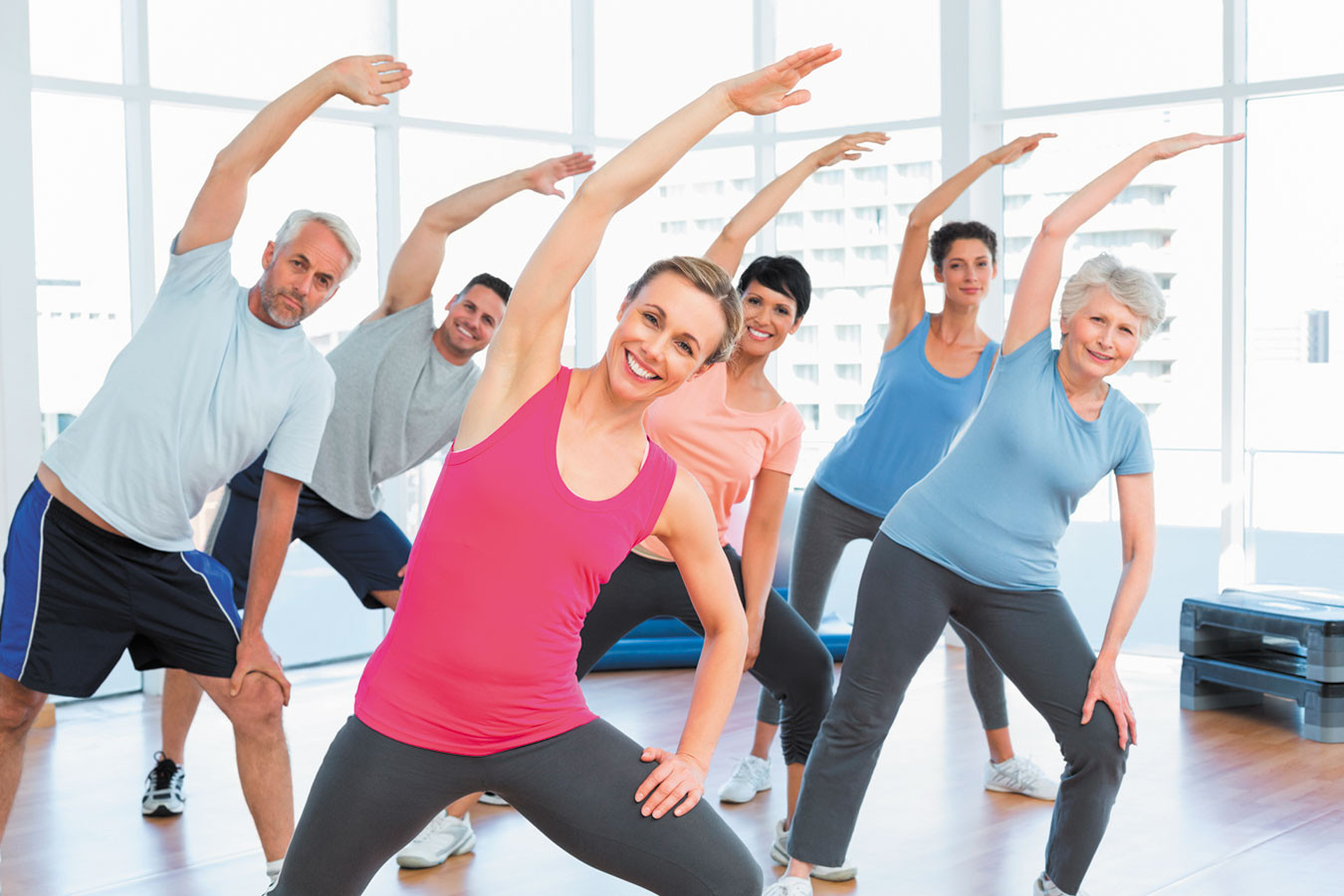One of the most beneficial things you can do for your health is to exercise regularly.
In reality, you'll rapidly notice and feel the benefits of regular physical activity on your body and well-being.
Working exercise into your schedule, on the other hand, necessitates a lot of determination, and adhering to it in the long run necessitates discipline.
This post is for you if you want to start exercising but don't know where to start. Here's all you need to know about starting and adhering to a regimen.
Regular exercise has been found to considerably improve your health.
Its key advantages include assisting you in attaining and maintaining a healthy body weight and muscle mass, as well as lowering your risk of chronic diseases.
Exercise can also improve your mood, improve your mental health, help you sleep better, and even improve your sex life, according to research.
Not only that, but there's more. It can also assist you in maintaining a healthy level of energy.

In a nutshell, exercise is beneficial and can help you live a better life.
Common types of exercise
There are various types of exercise, including:
- Aerobic. The core of any fitness program should include some form of continuous movement. Examples include swimming, running, and dancing.
- Strength. These exercises help increase muscle power and strength. Examples include resistance training, plyometrics, weightlifting, and sprinting.
- Calisthenics. These moves are usually performed without gym equipment using large muscle groups. They’re done at a medium aerobic pace. Examples include lunges, situps, pushups, and pullups.
- High-intensity interval training (HIIT). Short bursts of high-intensity exercise are followed by low-intensity workouts or rest intervals in this form of exercise.
- Boot camps. These are high-intensity circuits that include aerobic and resistance training on a timed basis.
- Balance or Stability These workouts are intended to enhance muscle strength and coordination. Pilates, tai chi stances, and core-strengthening workouts are examples.
- Flexibility. These exercises aid in muscle rehabilitation, range of motion maintenance, and injury prevention. Yoga or specific muscle-stretch motions are two examples.

Individually or in combination, the activities listed above can be completed. What matters is that you do what works best for you and that you enjoy it.
How to get started?
Before beginning a new fitness regimen, it's critical to think about a few things.
1. Examine your health.
Before beginning an exercise plan, see your healthcare professional and have a physical medical assessment.
This is especially crucial for those who are new to physically demanding pursuits.
2. Make a strategy and set attainable targets.
Once you've decided to start exercising regularly, make a strategy that contains specific stages and objectives.
One method to do this is to start with a simple step-by-step strategy. Then, as your fitness level improves, you can continue to add to it.
3. Make it a routine.
Another important aspect of workout success is sticking to a regimen.
People appear to find it simpler to stick to a fitness regimen in the long run if they make it a habit and perform it on a regular basis.
According to a review of studies, replacing an unhealthy behavior with a new better habit is a good way to sustain it over time.
Making a timetable or exercising at the same time every day are also effective techniques to maintain and extend your routine.
A few pointers for starters:
1. Keep yourself hydrated.
2. Boost your nutritional intake.
3. Warm up your body.
4. Relax and unwind.
5. Pay attention to your body.
It might be difficult to get into a new fitness routine. Realistic goals, on the other hand, can help you stick to a fitness routine in the long run.
There are numerous sorts of physical activity from which to choose. Find a few that work for you and switch them up every now and again.
The idea is to start carefully, gradually increase your fitness level, and give your body time to relax to avoid injuries.
Keeping track of your progress or enrolling in a virtual group class are two examples of practical measures that can assist you in staying motivated and achieving your objectives.
It's also critical to consume a nutritious diet and stay hydrated on a regular basis, as well as to visit your healthcare provider to have your health monitored.

